Do you ever wonder why all the movies you watch seem oddly similar?
It’s not just because every “new” movie lately is a sequel, remake, or reboot.
(It’s also not just because most Marvel movies follow the exact same formula.)
No, it’s because almost every Hollywood screenplay follows a very specific three-act structure, regardless of the movie’s genre.
In a moment, I’ll explain how three-act structure works, using examples from various films.
But first, let’s start with a very important question:
What Is Story?

One thing I’ve learned is that every film analyst has their own particular understanding of three-act structure, because everyone sees “story” differently.
Most definitions of “story” explain it as “an account of events.” But I’m not satisfied with that explanation, because events are just ingredients; they’re not why we tell stories. I think most of us would agree that “an account of events” without a purpose doesn’t really qualify as a story.
So here’s my own personal definition of story:
A story is the document of an opportunity for change.
This doesn’t mean that a change will take place, although it usually does. But even when it doesn’t, the story is a document of why that change didn’t happen.
For example…
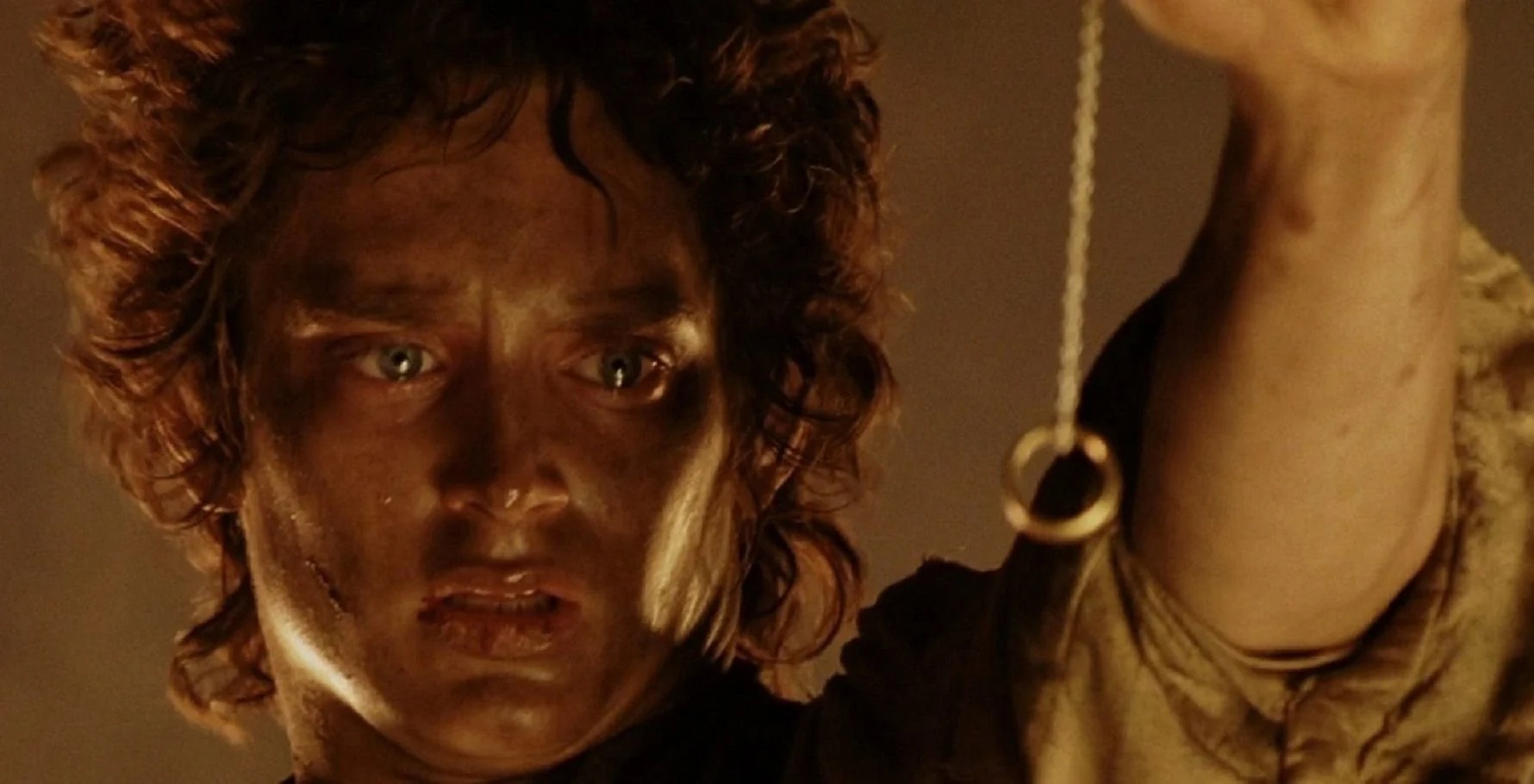
- In The Lord of the Rings trilogy, Frodo either will or won’t destroy the One Ring
- In Jumanji: Welcome to the Jungle, the teens either will or won’t solve the game
- In Elf, Buddy either will or won’t save Christmas
- In Don’t Look Up, the Earth either will or won’t be destroyed by a comet
- In Judas and the Black Messiah, Bill O’Neal either will or won’t betray Fred Hampton
- In Pretty Woman, Vivian and Edward either will or won’t end up together
These are the only possible outcomes to these stories, because those are the key questions that are being asked: will X change happen, or won’t it?
And while these are six different stories in six different genres, they all follow the same three-act structure.
Here’s what this three-act structure looks like, and what each act does.
Three-Act Structure, Simplified
Each of the three acts in a screenplay serves a different logical and emotional purpose.
Act One introduces the Opportunity for change.
Act Two depicts the Effort to achieve that change.
Act Three reveals the Outcome of that change.
What Happens in Act One?
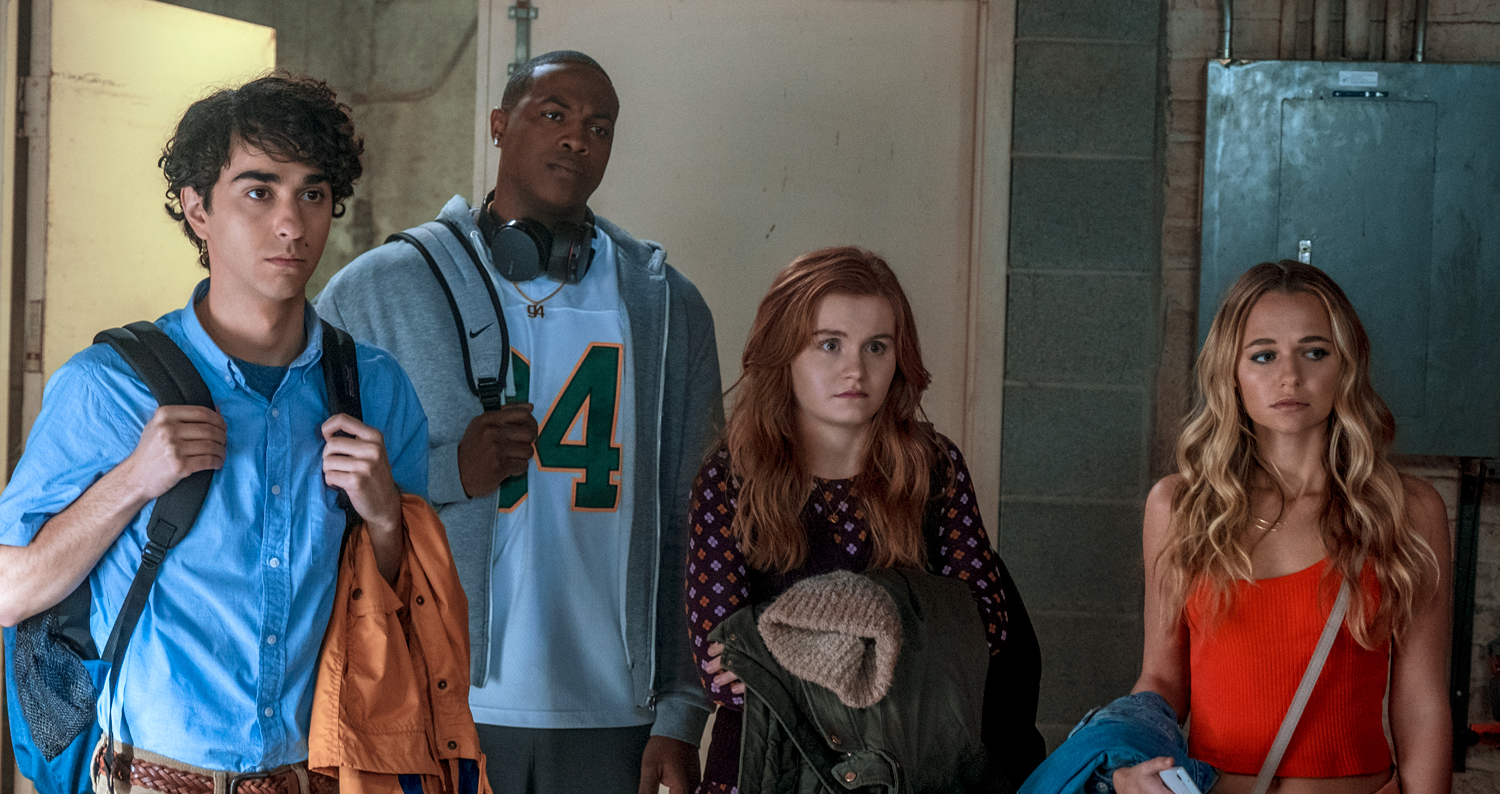
In Act One, the story’s world and change opportunity are introduced through its characters.
By the end of the first act, we need to understand several things:
- Who is this story about?
- What genre is this story being told in?
- What do the characters want and/or need — AKA, what are their goals?
- What’s preventing them from achieving their goals?
- What happens if they don’t achieve their goals — AKA, what are the stakes?
Once we receive all of this information, we understand…
- Who we’re rooting for
- What we hope they will (or won’t) do / learn / achieve
- What genre expectations we should have for how the story will be told
In terms of story structure, the first act of a screenplay includes two benchmarks:
- The Inciting Incident, which makes the rest of the story possible
- The Point of No Return, from which the characters can now only move forward to success or failure as they try to answer the movie’s key question
For example, in Act One of Jumanji: Welcome to the Jungle — a “guilty pleasure” movie that actually works surprisingly well — we’re first introduced to four teenagers who attend the same high school.
We see what each character wants in life, and we learn what’s holding them back. By seeing how they behave, argue, and get themselves into trouble, we learn about their internal flaws. And we get a bunch of genre cues that tell us we’re in a hybrid adventure-comedy with a fantasy twist.
The teens serving detention together is their story’s Inciting Incident; getting sucked into a supernatural video game that they’ll have to work together to survive is their Point of No Return.
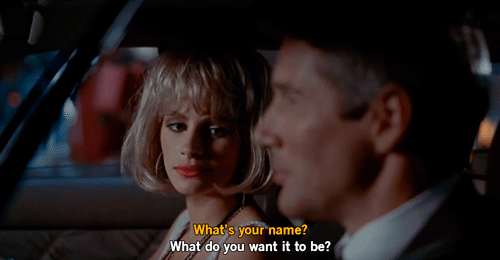
Meanwhile, in Pretty Woman, Act One introduces us to our two main characters: Edward, a sensitive businessman on the brink of a career-making deal who is simultaneously going through a difficult breakup, and Vivian, the classic “hooker with a heart of gold” who is stuck in a dead-end lifestyle and clearly deserves better.
Our two protagonists meet when the stressed and lonely Edward asks Vivian for help driving his stick shift. (Indeed.) They spend the night together, and then Edward offers her more money to keep him company for a week while he completes his business deal.
Edward wants a temporary romance; Vivian wants no connections whatsoever, but she does need the money Edward is offering. Their goals are opposed, which creates the story’s central “will they or won’t they (end up together)” question.
The two of them meeting on the street is their Inciting Incident; Vivian agreeing to stay with Edward for a week despite it testing each of their personal boundaries is their Point of No Return.
What Happens in Act Two?
Act Two depicts the heroes’ efforts to achieve their desired change.
But if they succeed immediately, this would be a very short story. Also, an easy victory might not feel earned, and such a story might not seem worth telling. That’s why Act Two is filled with complications that often lead our heroes to change internally, in order to be able to achieve the external change they’re pursuing.
(Act Two is also the longest act of any movie; it usually takes up at least as much time as Act One and Act Three combined.)
The First Half of Act Two
Structurally, the two main anchors in Act Two of a movie are:
- The Midpoint / Reversal
- The Crisis Point
The Midpoint is often a false conclusion, in which the characters seem to either obtain a key victory or suffer a crucial defeat. As a result of the Midpoint / Reversal, the stakes of the story often escalate exponentially.
Also, the emotional tone of the midpoint is often the opposite of the emotional tone at the movie’s conclusion. In a film with a happy ending, the midpoint is often a minor catastrophe; in a film with a downbeat ending, the midpoint is often a short-lived success — sometimes very short.

For example, at the Midpoint of Don’t Look Up, Kate Dibiasky and Dr. Mindy manage to convince the President of the United States to launch a nuclear offensive that will knock the approaching doomsday comet off its collision course with Earth. The entire world unites in hope and pride as the life-saving rockets launch…
But then the entire mission is suddenly aborted once the President learns that the comet actually contains valuable minerals which the U.S. can extract if an even riskier mission succeeds instead.
What could have been a great victory is not to be (Reversal!), as the story’s stakes escalate while their odds of success keep falling.
The Second Half of Act Two
After the Midpoint, most films depict the heroes exhausting all remaining options for achieving their goal until they’re left with just one. Often, succeeding by using this final option will require the heroes to overcome their internal flaws in the process.
This series of struggles typically results in the heroes being pushed to their lowest point. All seems lost, and attaining their goals seems more impossible than ever. Only at this point do our heroes finally find the inner resolve they need to make a crucial internal change that enables them to prevail in their final conflict.
For example, going back to Jumanji above, the heroes briefly have the upper hand in their quest until a series of poor choices results in them not only losing all of their extra lives, but they reach that low point just as they have to face the final boss.
This story point is the Crisis Point, which leads us to Act Three.
(By the way, I should note that many screenwriting books and courses refer to the Point of No Return and the Crisis Point as simply “Turning Points 1 and 2.” But to me, that’s not a useful enough descriptor, so I prefer to give them names that represent their purpose in the heroes’ story arc.)
What Happens in Act Three?
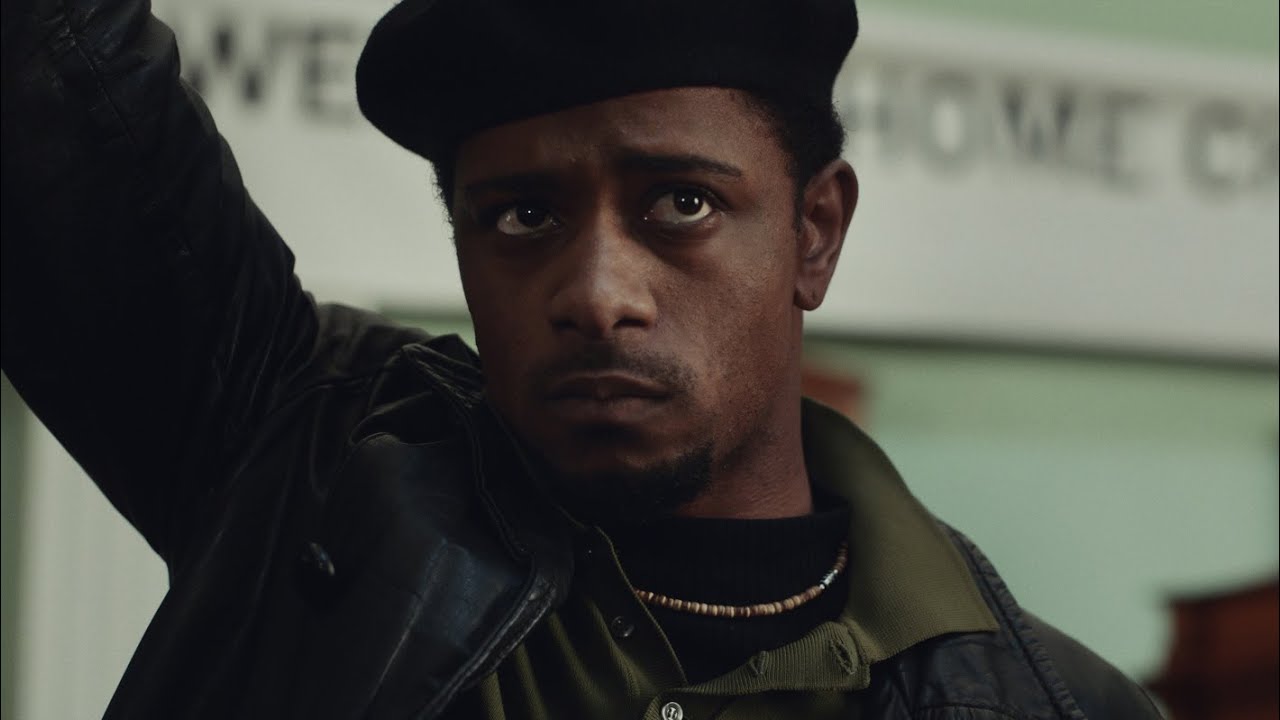
Act Three reveals the Outcome of the heroes’ efforts to achieve (or prevent) change.
Structurally, Act Three contains only one specific benchmark:
- The Climax — AKA the final conflict
In Act Three, the heroes usually have just one option left to achieve their goal. This sets them on a collision course in which they’ll be forced to face the primary antagonist, and often reckon with their own their internal flaws as well. They will either succeed or fail, and their success or failure will have consequences.
As for the outcome of the story itself, it could be positive or negative.
If a change happens, then a “new normal” is established, which could be better or worse than the way things were before. Likewise, if a change didn’t happen, then the “old normal” will continue — and whether that’s a “good” or “bad” outcome depends on the specific nature of the change that didn’t occur.
In simple terms, this means there are only four possible outcomes for any story:
- A positive change may happen — and it does. (Yay!)
- A positive change may happen — but it doesn’t. (Boo!)
- A negative change may happen — but it doesn’t. (Yay!)
- A negative change may happen — and it does. (Boo!)
In The Return of the King, the Climax of the Lord of the Rings trilogy occurs when Frodo and Sam enter Mordor and attempt to destroy the One Ring in the lava of Mount Doom.
In Judas and the Black Messiah, the Climax occurs when Bill O’Neal is told to drug Fred Hampton so he’ll be incapacitated when the police storm Fred’s home that night.
In Elf, the Climax occurs when Buddy is the only one who can rally the people of New York City to fuel Santa’s sleigh with a miracle dose of Christmas cheer.
The choices these characters make during the Climax determine the outcome of their story.
Act Three typically ends by showing the results of the outcome — what happens after the climactic choice is made, and how does it affect the characters and their world? This “falling action” that leads to the story’s conclusion can be as long as several sequences or as brief as a single scene, but it typically wraps up the major plot and subplots in a satisfying way.
… at least until the sequel.
Does a Movie HAVE to Follow Three-Act Structure?
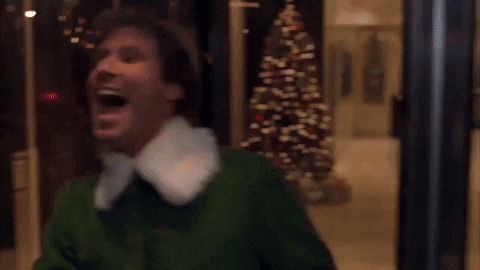
Technically, no.
But…
Three-act structure has become so common in Hollywood that using it is essentially the obligation of every professional screenwriter, while not following it is seen as the mark of either a total amateur or a rebel genius. (And unfortunately, Hollywood isn’t in the business of giving millions of dollars to first-time rebel geniuses.)
As a result, screenwriters who don’t follow three-act structure — especially in their first scripts that they hope will land them agents, managers, and break-in deals — are taking a huge risk in terms of being taken seriously.
While this may seem unfair, consider the process that a typical script takes while being “discovered.”
If you were a studio’s script reader, would you risk your own reputation by recommending a producer should spend millions of dollars to make a movie from a screenplay that doesn’t follow the same structure as nearly every other movie? The same structure that also happens to be the one producers, directors, and crews already know how to schedule and budget for production?
Almost definitely not.
Thus, even if you want to break all the three-act structure rules when you write your own unconventional script, it still helps to know what those rules are, why they exist, and why nearly every movie that gets made follows them.
Side Note
If you’re a visual learner, you may enjoy these two videos from the YouTube channel Lessons from the Screenplay. It’s a great 2-part look at how three-act structure in movies works.
Part 1 uses Marvel’s Avengers to explain each act break. Part 2 uses The Girl with the Dragon Tattoo to show that even the few movies that don’t strictly follow three-act structure are still influenced by it.

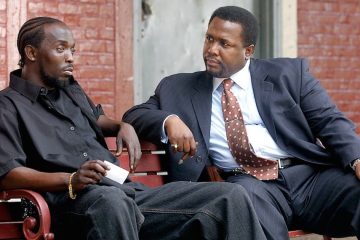
3 Comments
Brandon · December 23, 2023 at 4:56 am
Thank you for writing this.
Scott Paley · January 30, 2022 at 1:37 pm
Really interesting overview, Justin. I’m curious if you could show some examples of films that do not adhere to this formula. Are there any well-known and popular movies that aren’t 3-act plays?
John Macarthur · January 26, 2022 at 6:47 pm
Pulp Fiction comes to mind.